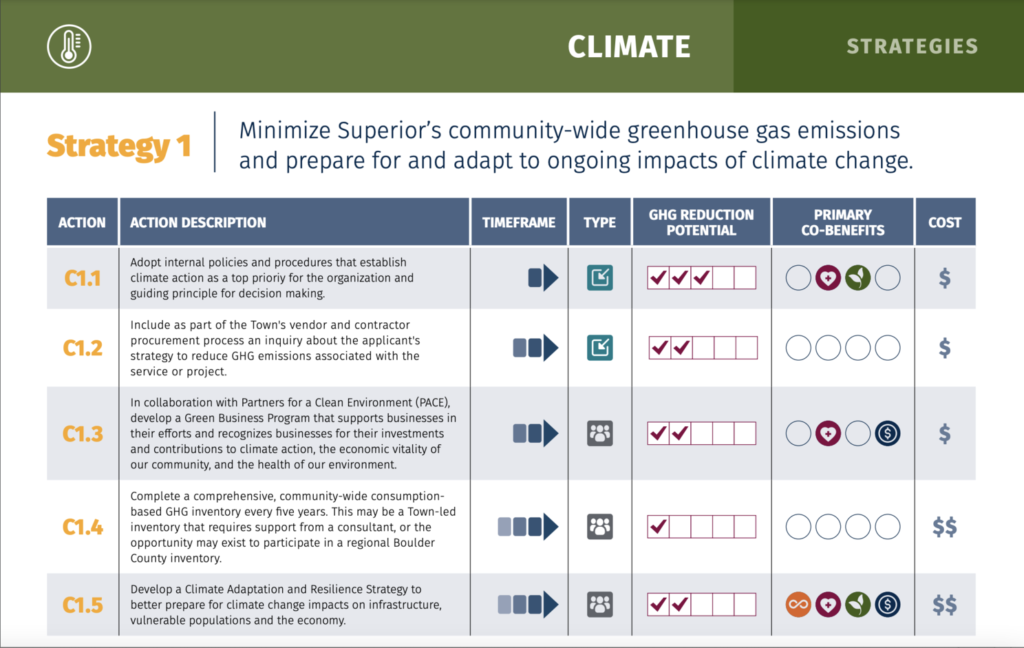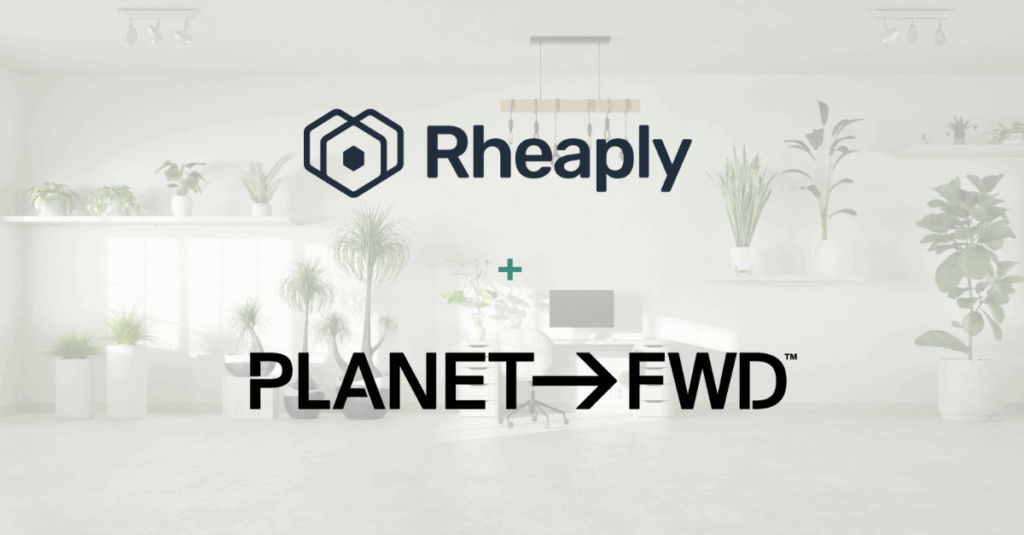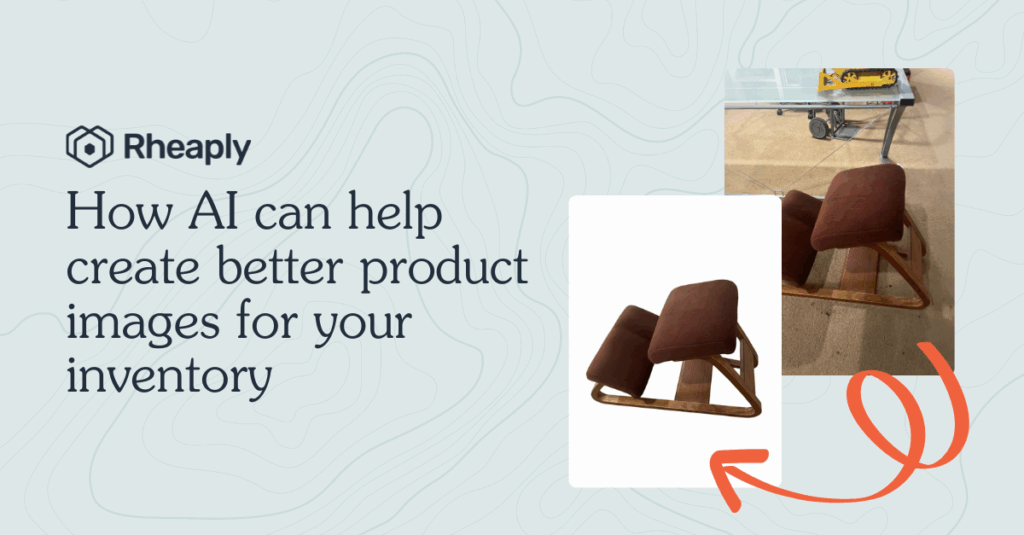As the leader of a circular economy tech company, I’ve seen a lot of sustainability plans in recent years, and that is very heartening — in some respects, any sustainability plan is a good plan, because it means that the community has recognized the importance of a concerted effort to protect their environment. But I can also admit that some plans are better than others, and one of my colleagues recently alerted me to a plan that frankly blew me away.
The One Climate Future plan, developed for the cities of Portland and South Portland, Maine, is a 300-page behemoth that covers climate challenges, goals, actions, and everything in between. But its quantity of content is not what makes it special — it’s the quality of the report.
To that end, there are many shorter plans, covering a diverse range of cities and counties, that have also stood out to me after reading them. With One Climate Future as our north star, I wanted to share what I like about these plans, what makes them so effective, and how we can use them as models for our own sustainability efforts. [Quick note: you’ll notice that these plans tend to have slightly different names — “Sustainability Plan,” “Climate Action Plan,” “Greenhouse Gas Reduction Plan,” etc. These terms are not completely interchangeable, but they generally cover similar ground in these instances.]
Cover the breadth of sustainability
Many plans, whether due to lack of knowledge or lack of bandwidth, tend to focus on narrow issues and solutions. Some, for example, just talk about recycling efforts. Others may talk about reuse, but perhaps only in the context of water reuse, leaving out all the other important resources and materials that often are wasted in our society. By focusing only on the simplest or most well-known initiatives, these plans neglect many of our most powerful tools in the battle against climate change.
Portland’s plan is about as all-encompassing as it gets, breaking its strategy portion down into four sections (Buildings and Energy, Waste Reduction, Transportation and Land Use, and Climate Resilience), and then further breaking down each of those sections into detailed subsections. (It also references the circular economy over 100 times, which, if you’ve been reading this newsletter for a while, you’ll know is music to my ears.) The Thrive Indianapolis Plan is another plan I’ve seen that does a good job of covering lesser-discussed areas of sustainability, such as reuse (often in recycling’s shadow, but exponentially more impactful) and the built environment (one of the largest sources of greenhouse gas emissions and waste). In general, the best plans recognize the massive scale of the battle against climate change, examine a wide range of action areas, and then provide depth for each one.
Involve the community
It’s important to remember that the people crafting plans are typically just a small subset of all the people who will be affected by those plans. For that reason, it is crucial to get input from stakeholders representing the entire community whenever possible. There are numerous ways to conduct outreach and find out what people care about and how they view different sustainability efforts. To quote from the Portland plan (page 37):
“One Climate Future is a people-based plan that would not have been possible without the engagement of so many Portland and South Portland residents, organizations, and neighborhood groups. Over the course of 18 months, thousands of community members helped to shape a bold climate action plan for our cities. By answering surveys, attending book discussions, participating in community workshops, joining Lunch and Learns, and gathering around neighborhood tables, your voices elevated One Climate Future to take on the climate crisis in equitable, smart, ambitious, and creative ways.”
Another plan that is worth mentioning for community outreach is Los Angeles County’s Countywide Sustainability Plan. This plan was developed through more than 200 meetings with stakeholders including “individuals, environmental groups, labor, community and neighborhood organizations, businesses and business associations, and many others.” (For more information, see page 18 of the plan.) If LA County — the most populous county in the nation, with roughly 10 million people (1 in 33 Americans!) spread over 88 cities and over 100 unincorporated communities — can bring together a diverse, representative community sample to help craft its sustainability plan, any entity can and should do the same.
Clearly define actions
A plan is only useful if it informs action. The best plans not only set goals for their communities to reach, but also clearly explain how those goals can be reached. That means tying said goals to specific actions, and providing enough detail on those actions to make them achievable. You’ll notice that One Climate Future has a whole 30-page section (pages 256-286) devoted solely to “Implementation.”
The town of Superior, CO (pop. ~13,000), provides another good example to follow. Superior’s Sustainability Action Plan clearly lays out not only the actions that will drive the plan forward, but each action’s corresponding timeframe, benefits, relative cost, and more. See the screenshot below for an example.

Make it digestible
The above image also speaks to another key element of any plan: it should use visuals to make the plan easier to read and understand. Portland’s plan is unsurprisingly filled with imagery as well, but even if a plan is 17 pages (such as the Pierce County, WA, Greenhouse Gas Reduction Plan — another good one) instead of 300, there is going to be a lot of information to get across — and most people receive information better when it is not simply line after line of text.
In that sense, while imagery is useful for breaking up text, it should be thoughtfully deployed to enhance the text wherever possible, like for instance, this illustrative key that uses the surrounding terrain in Pierce County, WA to discuss climate impact. Complementing written information with visuals, whether they be photos, graphics, or charts, is an important way to help readers take in and retain information, especially when they are trying to digest a lot of information all at once.
Report on progress
This is in some ways a bonus point, because it can’t go into a plan until efforts are already underway. However, once they are in place, it is crucial to track their success. Doing so not only creates accountability for following the plan, but also enables stakeholders to see what is and isn’t working, then adapt accordingly. One example of this that I really like actually comes from the private sector: Microsoft’s 2021 Environmental Sustainability Report, which looks at progress on various initiatives two years into the company’s 10-year plan. (See page 6 for a general progress report, although more detailed progress breakdowns are included throughout the report.)
Not all of us are involved in local government planning, but all of us live in communities and can make our voices heard to local planners and elected officials. Furthermore, private companies can and should develop their own sustainability plans (as Microsoft shows), and can use these same principles. To that end, I hope that the above plans inspire some ideas.
If you are looking to create or revise your own plan, I encourage you to not only review these plans, but also utilize resources from other organizations that support sustainability teams with the crafting and development of climate action plans. One such organization that I recommend is Project Drawdown, which has a wide range of solutions and programs that I encourage you to check out.
Have you come across any other sustainability plans that you think are worth emulating? Or is there another important plan element that I didn’t cover above? Let me know in the comments!


